Penelope’s story begins with a happy childhood and a set of parents determined to find the very best solutions for their not-so-typical toddler. As her parents watched Penelope’s eyes cast off in the distance, scripting a repetitive film reel of memorable quotes from ‘Frozen,’ stacking her toys in a neat line across their living room floor, naturally, they began to worry. What would an autism diagnosis mean for Penelope as she made her way to the colorful world of kindergarten?
Despite knowing her amazing ability to complete 100-piece puzzles in record time, Penelope’s parents were more concerned that Penelope was unable to sit in a chair for longer than 3-5 minutes before getting up, running and flapping her arms wildly. They were worried that despite hours of speech therapy for several years, she was still struggling with coherent, expressive communication. How would Penelope transition to a regular classroom environment without the support of a curriculum that celebrated her neurodiversity and encouraged her academic talents?
Kids with neurological differences are often mistaken as intellectually limited. Peers are often noticeably aware of the struggles these kids have with testing and social hurdles. Thus, a school environment focused on educational standards that do not allow for adaptive programs for children are often failing to uncover the brilliant minds of kids like Penelope. The issue is not necessarily the student, but the environment. The two are simply not compatible.
Despite knowing her amazing ability to complete 100-piece puzzles in record time, Penelope’s parents were more concerned that Penelope was unable to sit in a chair for longer than 3-5 minutes before getting up
Penelope has been solving math problems since she was three years old. It began when Penelope’s father, an accountant, who noticed her interest in a calculator. Basic arithmetic was followed by memorized multiplication tables, and soon Penelope was wowing her relatives at Thanksgiving with basic algebra by the time she was 6.
But, in kindergarten, Penelope would not comply during storytime. She would make loud, disruptive noises resulting in failed reading comprehension tests crucial to advancing to first grade.
Meanwhile, Penelope’s parents enjoyed reading with their daughter in a quiet, dimly lit room where she soaked in the rhythmic patterns of prose from Dr. Seuss. She would repeat phrases from the books over breakfast the next morning, delighting her parents with her quick retention of notable words. Her ability filled her parents with pride and they celebrated, as any parents would.
How can we integrate atypical learners like Penelope in an environment that allows her to flourish?
The challenge is, many educators have been encouraged to teach to this false sense of “normal”. Students like Penelope, with all of her unique talents, often get underserved. But her story is unfortunately all too common. Penelope may look unique compared to a handful of her peers, but a closer look at them also shows how wonderfully unique they are as well. Creating a system where Penelope can thrive doesn’t start by focusing on her as an outlier. In fact, it start by understanding that every student is an outlier to this idea of “normal”.
It starts by no longer holding up any student to the false idea of “normal.”
The reality is that there is no defined “normal.” That range of definition, too, can provide new approaches to school — interest-driven, project-based, undirected learning, and being allowed sensory breaks for better reading comprehension.
And when every student is nourished and is equipped with the tools and environment to thrive, we wonder, how much more of the talent, uniqueness, and beauty that is so apparent in childhood will stay alive in children, fueling them into adulthood?
